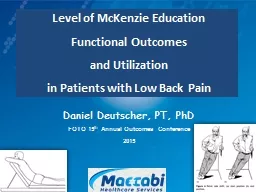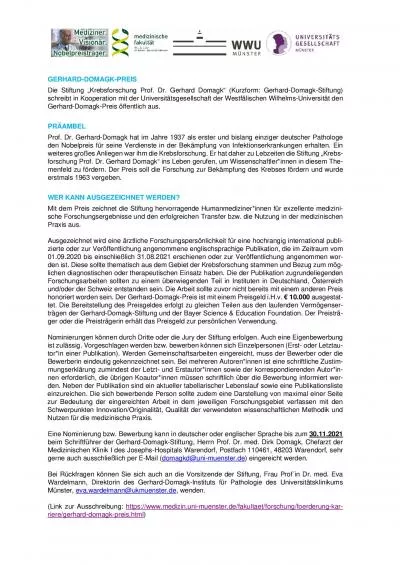PPT-Daniel Deutscher, PT,
Author : natalia-silvester | Published Date : 2016-07-27
PhD FOTO 15 th Annual Outcomes Conference 2015 Level of McKenzie Education Functional Outcomes and Utilization in Patients with Low Back Pain JOSPT Dec
Presentation Embed Code
Download Presentation
Download Presentation The PPT/PDF document "Daniel Deutscher, PT," is the property of its rightful owner. Permission is granted to download and print the materials on this website for personal, non-commercial use only, and to display it on your personal computer provided you do not modify the materials and that you retain all copyright notices contained in the materials. By downloading content from our website, you accept the terms of this agreement.
Daniel Deutscher, PT,: Transcript
Download Rules Of Document
"Daniel Deutscher, PT,"The content belongs to its owner. You may download and print it for personal use, without modification, and keep all copyright notices. By downloading, you agree to these terms.
Related Documents














